While Apple may still be on the road to augmented reality glasses, a detour it is taking along the way is a future Apple Vision Pro that goes far beyond just mirroring a Mac's display.
Apple isn't abandoning the Apple Vision Pro concept, despite the repeated calls from naysayers to do so. In the lates Power On newsletter, author Mark Gurman details what he's been told Apple is working on, for one of Apple's follow-on units.
The report spits a very fine hair for what's going on with one of the units. A previous report said that Apple had stopped work on glasses that tethered to a Mac. Instead, it is working on a headset that directly connects to a Mac.
The Apple Vision Pro does this already — sort of. The Developer Strap accessory allows developers to capture a direct video feed from the Vision Pro to a Mac via a USB-C connection, using Reality Composer Pro or QuickTime. This is just a 100 megabit network connection, though, and is relatively bandwidth-challenged for anything other than video stream.
Presumably, this future version would be more flexible than just mirroring a Mac display. It should providing a bidirectional path of data, and not requiring a $300 accessory that only developers can buy to do so.
A cabled versus wireless connection also cuts video latency way down. Cited in the report is viewing surgical imagery or flight simulation — both needing as little latency as possible.
The concept is fairly sound, and is more or less what happens from most other vendors' headsets. A tether offloads the heavy processing power needed for the headset, keeping the weight off the user's head.
The Valve Index, for instance, relies on cable, beacons, and controllers for identifying the headset and user intent. Meta's devices have taken both approaches, depending on model.
A timetable for release isn't clear. Depending on who you listen to, it could be as soon as the next year, but 2027 seems more likely.
Also not clear is pricing. Apple still catches heat for a $3499 virtual reality and augmented reality headset.
 Mike Wuerthele
Mike Wuerthele
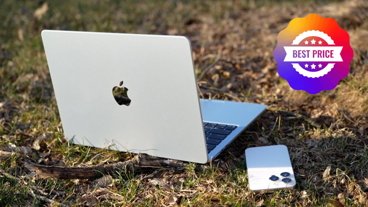
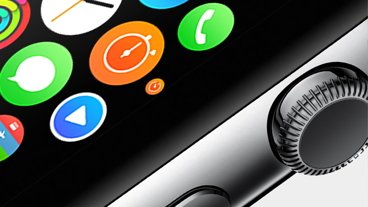
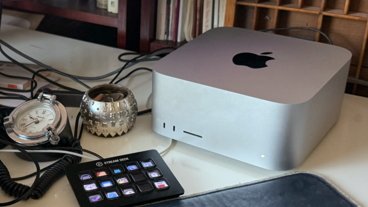



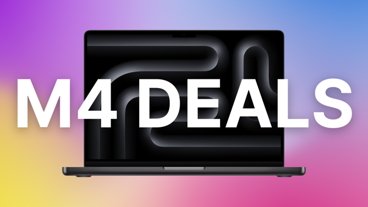
-m.jpg)

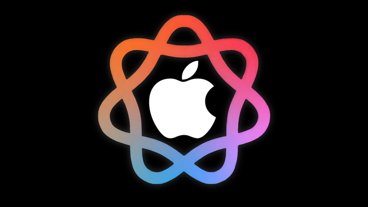
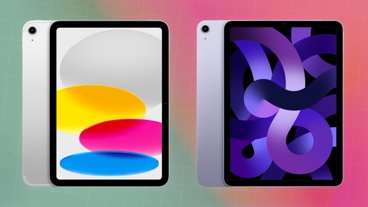
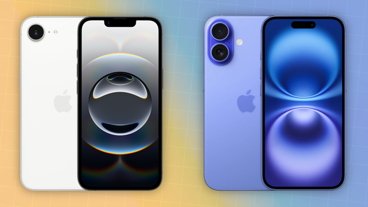

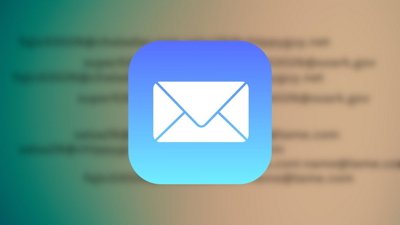
 Bon Adamson
Bon Adamson
 Marko Zivkovic
Marko Zivkovic
 Wesley Hilliard
Wesley Hilliard
 Amber Neely
Amber Neely
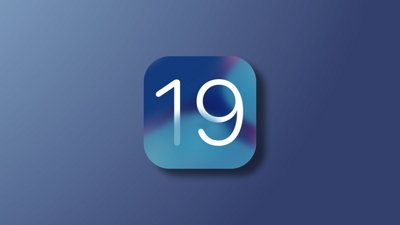
 Malcolm Owen
Malcolm Owen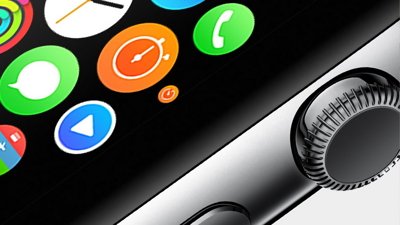
 William Gallagher
William Gallagher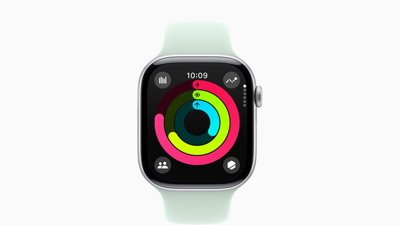
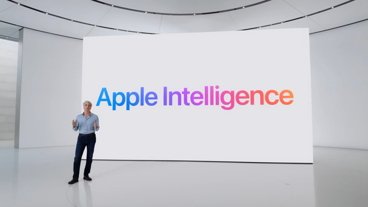

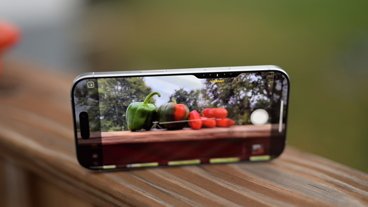
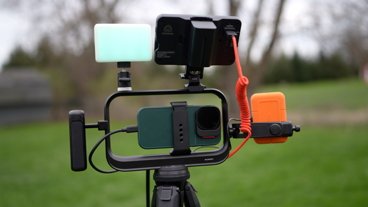
-m.jpg)

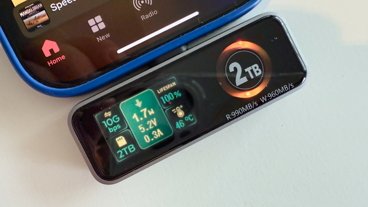

6 Comments
A cheap, tethered experience would help a lot.
e thethered to not only a Mac, but iPhone, etc makes a ton of sense.